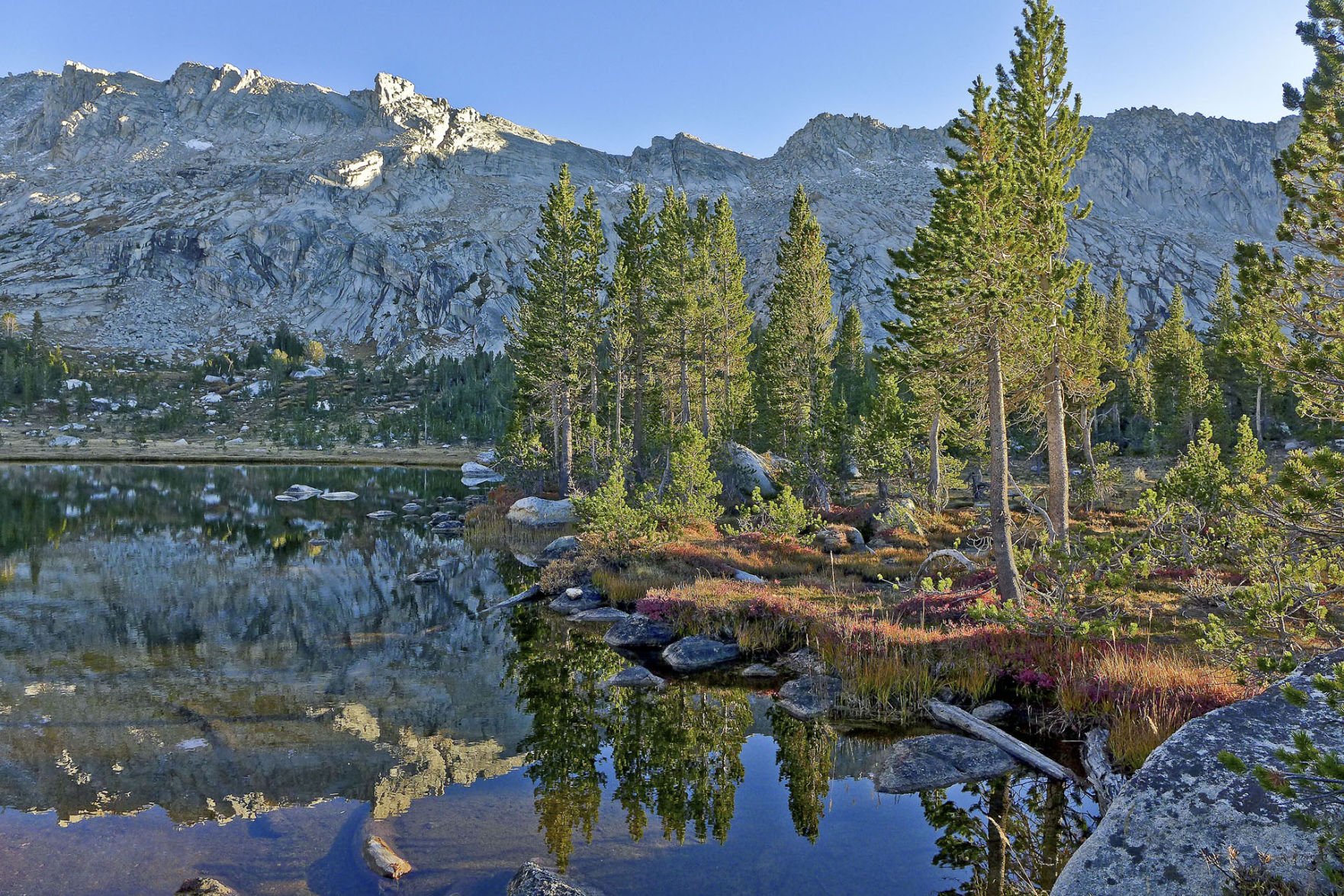This afternoon, I walked along the slope above our house hoping
I would see the milkmaids that grow there every year. It is a
modest little flower with white or occasionally faint pink petals,
but it is notable for being the first wildflower to appear every
year.
This afternoon, I walked along the slope above our house hoping I would see the milkmaids that grow there every year. It is a modest little flower with white or occasionally faint pink petals, but it is notable for being the first wildflower to appear every year. I can’t call milkmaids the first spring wildflower because they often appear as early as New Years – barely the start of winter. They were up there, lots of them, promising that the low gray dinge of the last month will not last forever – that warm and sunny spring weather will be here soon.
I set out to write about this flower and its family, the Mustard family, and how we can identify some of its local members. After a little research, it seems that without the Mustard family, our daily lives would be vastly different.
Imagine the produce section of your local market without green cabbage, red cabbage, cauliflower, broccoli, brussel sprouts, rutabagas, kohlrabies, and turnips. These are all members of the mustard family descended from a single ancestor, a wild cabbage. The ancient Egyptians and Romans enjoyed other mustard family vegetables such as watercress, horseradish and radishes.
No, I don’t know what all of those vegetables are either. I think a couple of them were the cause of some ugly moments at the Erskine dinner table many years ago. Many would cause me to push away my dinner plate even now. But it is clear that the mustard family has many members that have been in our gardens and on our tables for thousands of years. Only the parsley family, with its many spices, rivals the mustard family for space on our tables.
While the commercially important mustards nourish our bodies, there are other varieties that brighten our walks. Whether we walk the dog around the block or knock off a 10-miler at Coe Park, there is a mustard family member to accompany us. Orchards and vacant lots are choked with brilliant yellow displays of field mustard this time of year. Strictly speaking, field mustard is not a wild flower since it is not native to California. One legend tells that field mustard arrived with the Spanish padres who built the missions. They spread mustard seeds so that those who followed in succeeding years could find their way.
On your next walk, take a closer look at the field mustard flower, and you will learn to recognize any mustard family member. There are four petals that resemble the shape of a cross (the old scientific family name was cruciferae named after the cross-like shape). Look directly down into the flower and you will see four tall stamens evenly spaced like the spots on a die. You may have to peel back the petals to see two additional stamens, much shorter and sitting outside of the four tall ones.
Notice that as the flower stalk grows longer, the flowers continue to develop at the top leaving behind a series of upward pointing seedpods, the fruit of now-gone flowers.
Now, you are an expert. The four-petal cross-shaped flower, the six mismatched stamens and a clump of flowers above a string of seedpods will look familiar. I now see ornamental garden plants that I can’t identify, but I know who their relatives are.
And you will recognize another special modest relative – the milkmaid. On a shaded hillside near your home, at Coe Park on the Corral Trail or the Forest Trail or the Flat Frog Trail, or on a road cut while driving in the country, look for the milkmaid. It may be February and it might be ugly outside, but the Milkmaid reminds you that better days are ahead.













